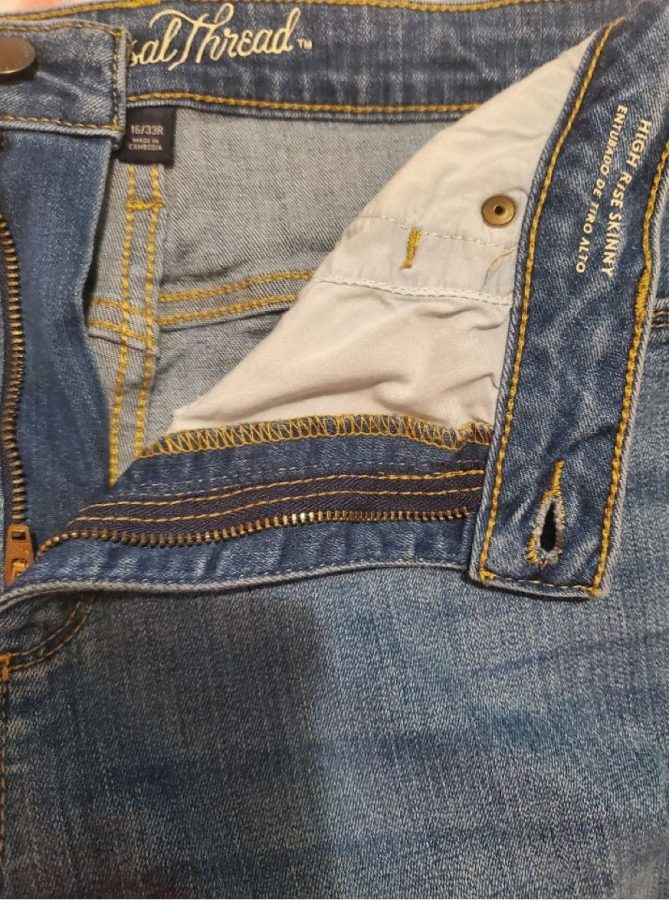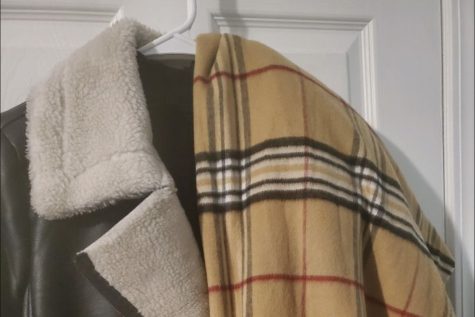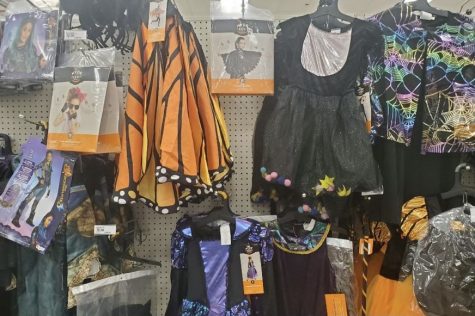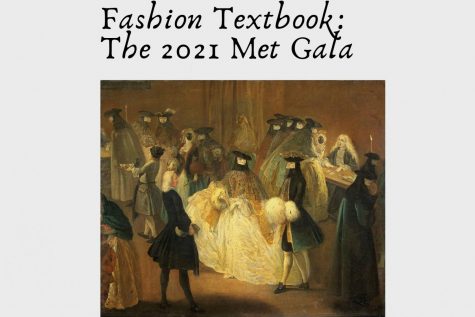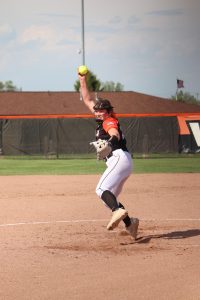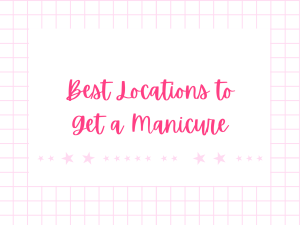The Fashion Textbook: The fashion industry and sizing, how to find the perfect size
PHOTO Emmy
February 7, 2022
Within the past decade or so, the fashion industry has slowly made its way into becoming size-inclusive for all body types. Following the body positivity movement, the industry has included people from a size four to a size 28. While this isn’t the problem and is widely accepted by shoppers, the main issue many have with the industry is how brands determine their sizes.
When cutting their fabric for pants or a shirt, many brands start at the “perfect model’s” measurements. The “perfect model” would be 34 inches at the bust, 23 inches at the waist, 34 inches at the hips, and height of 5’5 or 5’8 (these measurements are known as 34, 23, 34) according to Glossy.com.
Throughout the production of clothes, these measurements are calculated into different sizes. The fashion industry has used the “perfect model” measurements during runways as it is easier to find clothes for models because they are relatively the same size.
The only problem with these sizes is that it doesn’t account for body types, but rather just size numbers. Someone could be a size three but still not fit into the pants of that size because they are shorter than the “usual” size three. Someone who is taller than the average person but is plus-size might like how long some jeans are but not how unflattering they are on their body type.
This is one of the fashion industry’s biggest criticisms, leaving consumers angry that the industry doesn’t have sizes that fit with a body type versus their usual route of adding numbers to model-ready clothes. Despite this, there are hacks to help consumers find clothes that fit their size the same way it would on a model.
Be sure to remember that clothes are classified differently. Don’t measure a pair of low-rise jeans and expect the perfect size that’s found will be the perfect size fit for a high-waisted pair. Just how like skinny jeans won’t be the same size as bootcut. In order to have a perfect size for different types of clothing, remember that your perfect size should be relatively the same for each type, or do this hack on a few pairs of jeans or other clothes.
Measure a nicely fit tee-shirt, pair of jeans, or dress on a completely flat surface by the waist, bust, and hip-width and then the length by the inseam. The inner seam should be the longest stitch of the clothes. After these measurements are taken, double them (this will help shopping if measurements are bigger than smaller). Measure your waist and the length of your leg, this will help to find the length to look for: short, medium, or tall.
Lastly, consult the brand’s sizes and measurements. If the brand’s clothes run bigger, double the measurements you took. This size might have to change depending on how they fit; ff they’re too big, go down a size or too small, go up a size according to Brydie.com.
Sizing within the fashion industry has stayed the same for decades and if you don’t fit into its rules you’re not going to fit into the clothes. But there is always wiggle room in the fashion industry, in this case, it helps clothes fit better.

